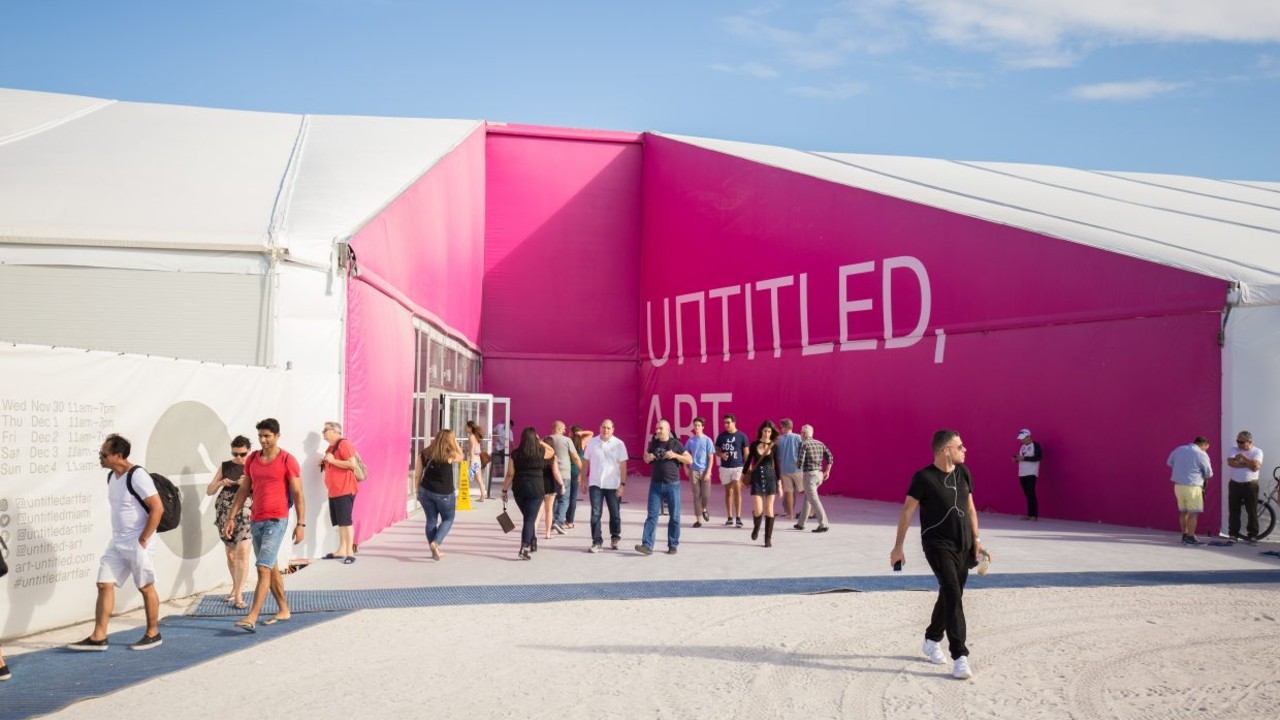In the midst of World War I, with the German army laying siege to Paris, John Maynard Keynes, the British economist with a penchant for art collecting, slipped across the channel to join an Edgar Degas auction taking place in the French capital. Amid the din of artillery fire, Keynes kept his cool and returned home with 27 works of the Impressionist painter.
The anecdote is indicative of the art market’s resilience in periods of turmoil, a point reflected more than a century later with the advent of the COVID-19 pandemic. And yet, 2020 is different. The severe disruption of physical events is presenting both the market and its galleries with long-term, structural challenges.
The scope and scale of such challenges is the focus of ‘The Impact of COVID-19 on the Gallery Sector’, a mid-year survey by UBS and Art Basel. Through surveying nearly 800 galleries and 360 high-net worth collectors across the U.S.. Europe, and Asia, the report is a timely reflection on the state of the art world.
Here, JT offers the key takeaways:
Online Up-click
With art fairs, gallery visits, and auctions drastically curtailed, most pivoted to digital engagement tools. Online sales, in turn, rose considerably. In the first half of 2020, they accounted for 37 percent of total sales compared to 10 percent over the same period last year. The largest galleries, those with $10 million-plus sales, reaped the most benefit with a five-fold increase, despite having been the least tech-oriented of operators in 2019. With millennial browsing and spending more willingly online than other generations — 14 percent spent more than $1 million, compared to just 5 percent of boomers — it’s a trend the market will lean further into in 2021 and beyond.
What the report says: “Despite the fervor over new technologies to enhance digital viewing and collector experiences online, virtual reality (VR) or 3D imaging tools for buyers were the least used of all listed strategies….in the future they might become more useful for enhancing exhibitions and sales.”
Staffing and Sustainability
Around one-third of galleries downsized during the first half of the year, losing an average of four staff members. Notably, the largest galleries, those with turnover in excess of $10 million, reduced at roughly the same rate of smaller businesses (38 percent) which have fewer employees and have fared far worse in the shadow of COVID-19. Along with rent and art fair participation, payroll is a significant cost to galleries (an average of 26 percent went to payroll in 2019) and the cuts point towards a wider will to trim, consolidate, and rethink business models.
What the report says: “One of the most serious impacts of the COVID-19 pandemic on the wider art economy is its effects on employment. The gallery survey showed that one third of businesses downsized during the first half of 2020. The art market makes a substantial economic contribution, not just itself but also through a network of ancillary businesses that support the art trade.”
Long Road Back
Traditionally, much of the art market is heavily reliant on events, travel, and the will of consumers to make non-essential purchases — all factors negatively impacted by COVID-19. A worsening economic environment will severely challenge current models. Sales have already contracted by an average of 36 percent across galleries with more than 90 percent of those surveyed closing physically through July. Most galleries remain pessimistic about the future with only 21 percent expecting an improvement in the second half of 2020.
What the report says: “The resulting economic crisis could intensify the industry’s polarized nature if it accelerates the decline of smaller businesses and strengthens the position of businesses whose buyers and artists enjoy a greater degree of insulation from these cultural and economic traumas.”



